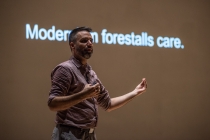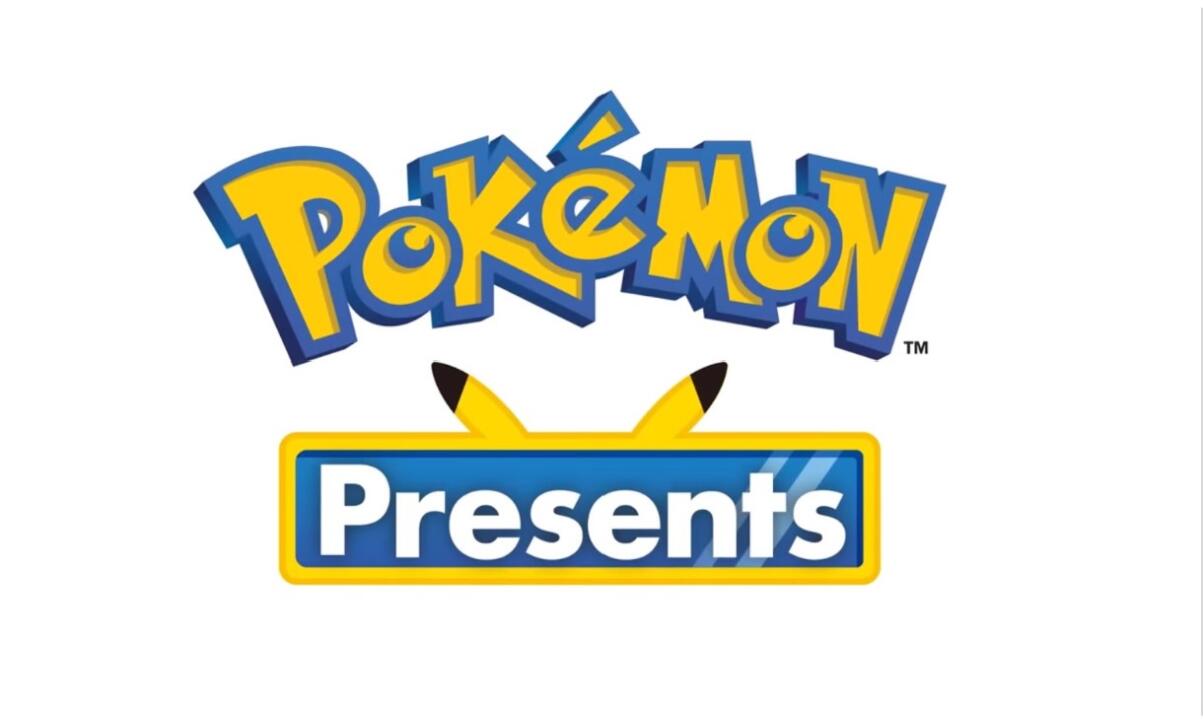He described one project he worked on where he designed simple devices that could show how many emails you received or how many times your Facebook page got likes, all in a sleek 60’s/70’s furniture design. With these pieces, Hoover drew upon his manufacturing background and handmade the wood sections, creating an artistic exhibit that is both of the past and the present, once again merging two unlikely concepts.
After a drink of water and changing his PowerPoint slide, Hoover then asks the audience a simple yet thought-provoking question: “How do you think would I program a tree?” The audience’s silence was a clear sign of uncertainty, so Hoover explained how there are natural and biological algorithms that are used in nature to “grow and design” living trees.
By combining the concepts of DNA (going from small to big) and manufacturing (big to small), he was able to create a program on a Rhino/Grasshopper CAD platform that would be able to connect to a 3D printer and print different types of trees.
As the audience marveled at the photos showed on the screen of Hoover’s 3D printed trees exhibit, he explained further how “the physical can be computational” and that “collaboration with non-humans is necessary” to propel into the future.
To further oyster restoration efforts in the Bay, Hoover and his team have paired up with scientists studying how oyster larvae require a sort of nursery environment that can only be provided by empty oyster shells in order to survive and thrive.
Hoover’s team had been experimenting with manufactured calcium carbonate, which is what oyster shells are made of, and by working with biologists, engineers and artists, they have been successful in 3D printing oyster shells that are good and realistic enough to please the larvae.
Learning about his projects and how art and science can exist hand in hand, it is clear that Hoover has taken the best of both worlds to create completely new concepts and ask questions no one has ever asked before. To him, art is crafting “cum vivo.” Crafting with life.


